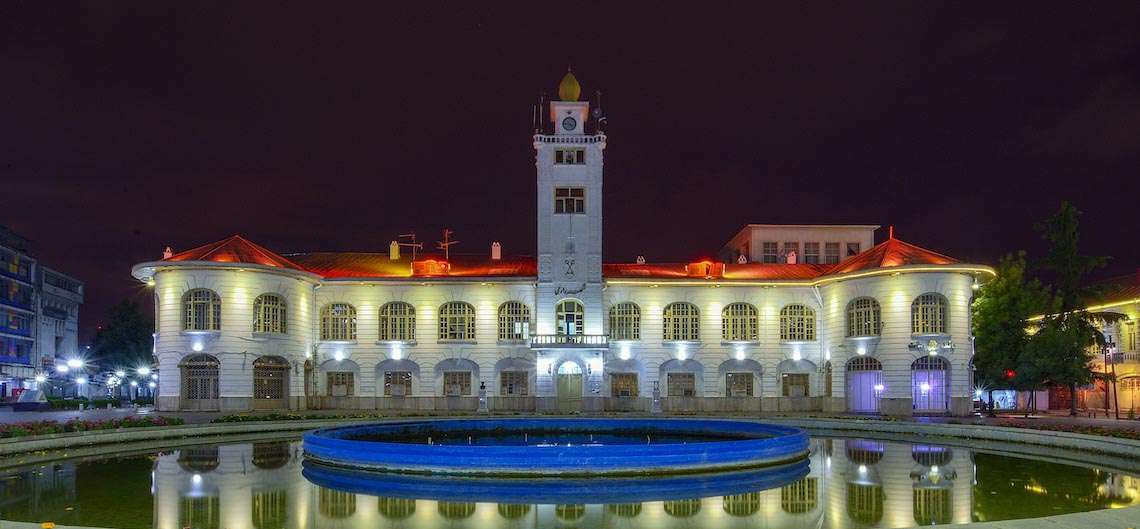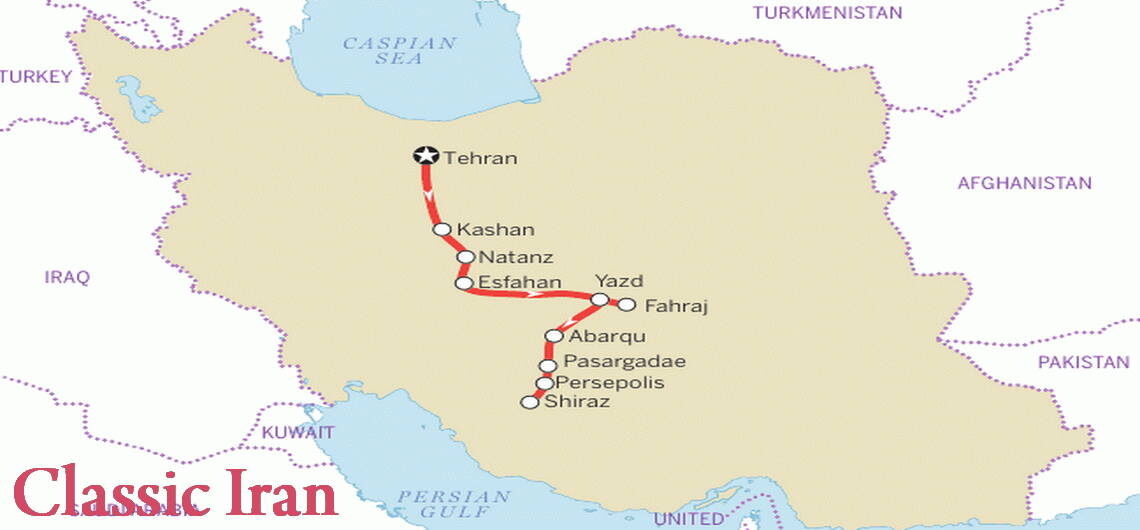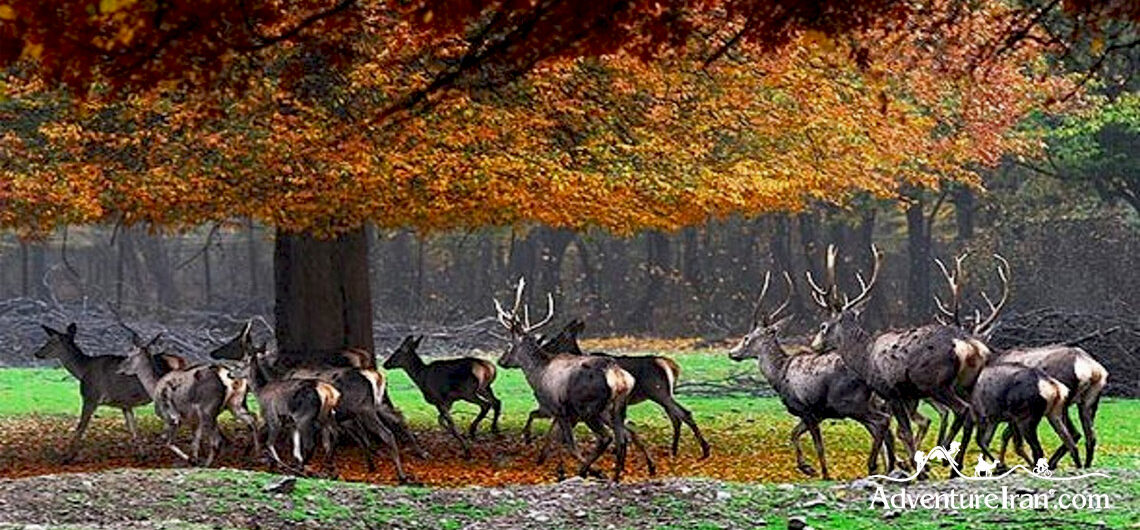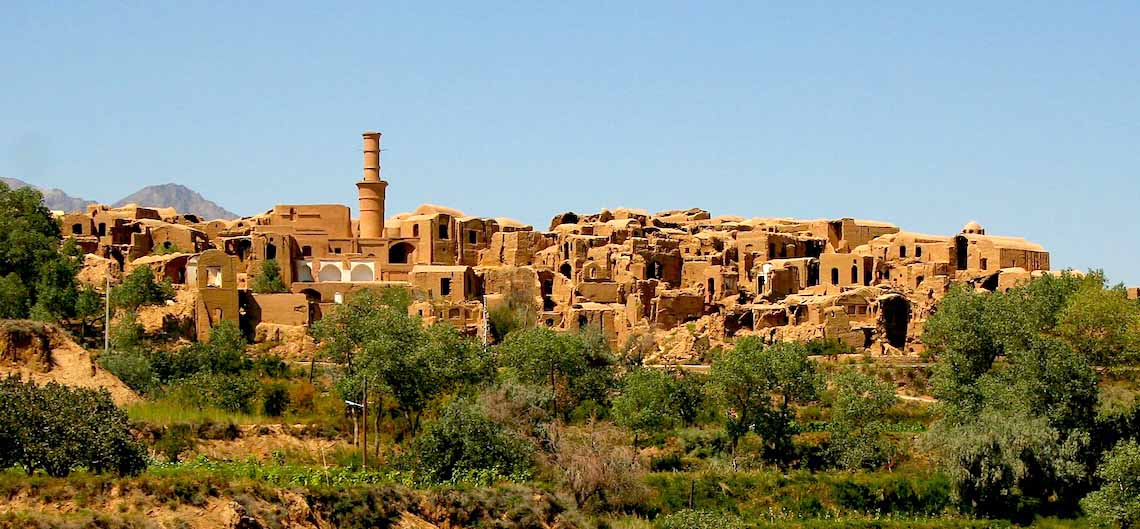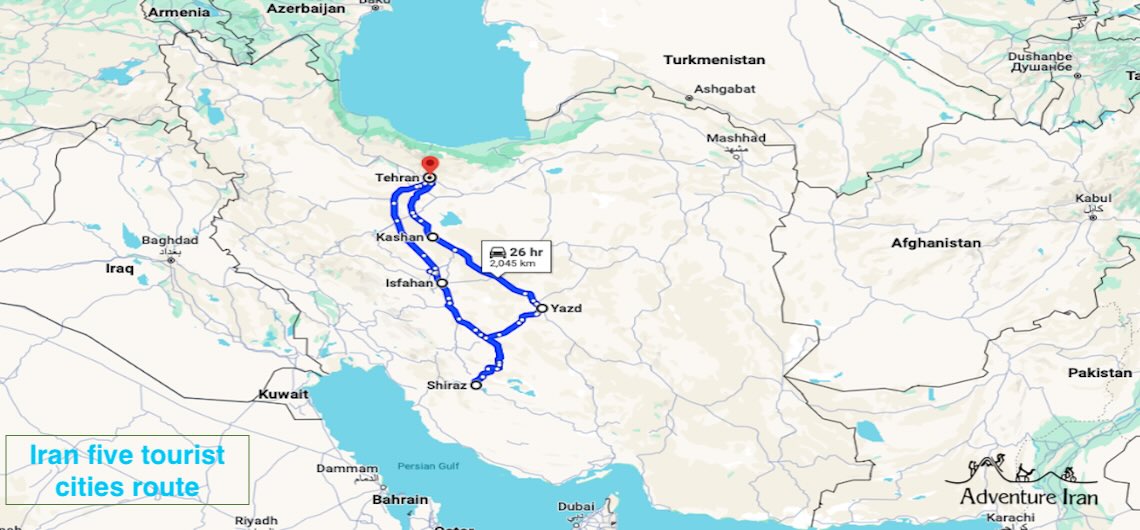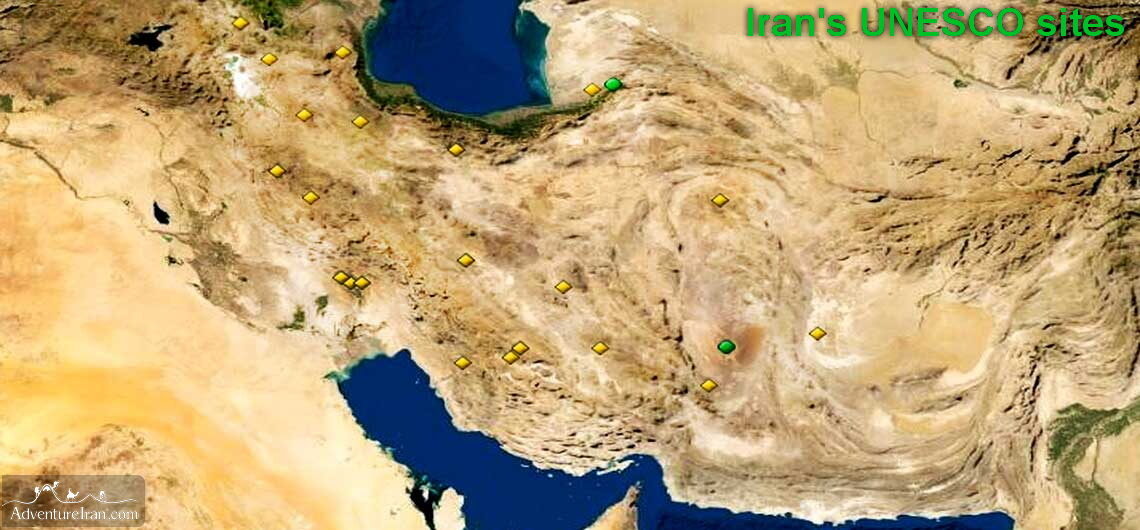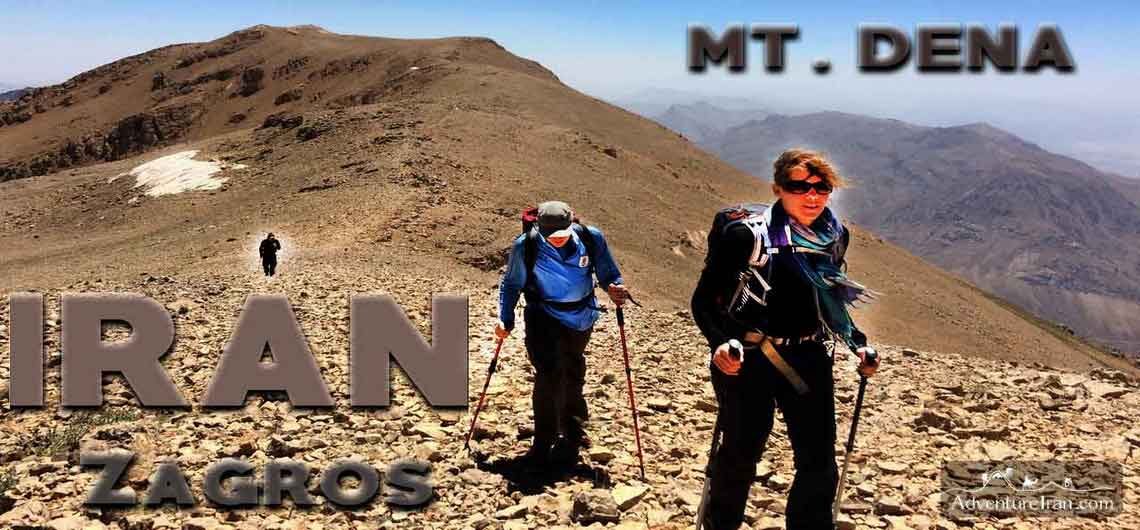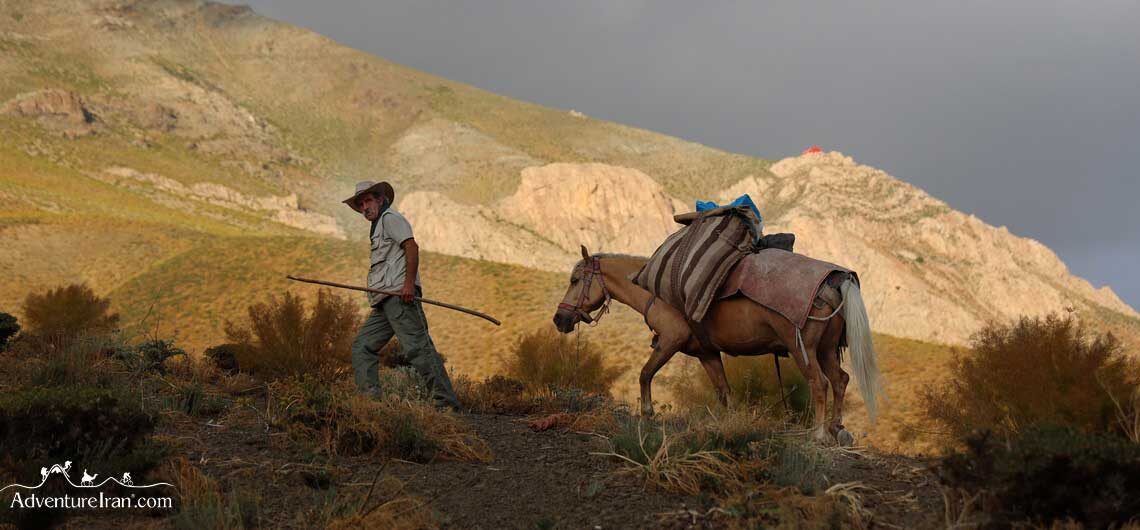Unraveling the Mysteries of Meybod: Exploring Iran’s Ancient City Nestled amidst the vast deserts of central Iran, Meybod stands as a testament to the country’s rich history and cultural heritage. This ancient city, with its millennia-old ruins and storied past, offers visitors a captivating journey through time. Let’s delve into the secrets of Meybod
Rasht Tourist City of Gilan Province Rasht, the capital city of Gilan province in northern Iran, is not only renowned for its culinary delights but also boasts a rich tapestry of cultural, historical, and natural attractions that captivate visitors from near and far. Rasht, is a special place in the hearts of food enthusiasts as
Where are the most 10 beautiful Iran places to visit? Iran is a country of extraordinary beauty and diversity, boasting a rich tapestry of landscapes, historical sites, and cultural heritage. From the ancient ruins of Persepolis to the vibrant bazaars of Isfahan, there is no shortage of captivating destinations to explore. Here are
Rasht Gastronomy City The UNESCO World Heritage Creative City Rasht, the capital of Gilan province in northern Iran, holds a special place in the hearts of food enthusiasts as it is recognized by UNESCO as the Creative City of Gastronomy. This prestigious title acknowledges Rasht’s rich culinary heritage and its significant contribution to the
Golestan National Park Golestan National Park: A Sanctuary of Breathtaking Biodiversity Nestled in the northeastern corner of Iran, Golestan National Park stands as a testament to the country’s commitment to preserving its natural heritage. This vast and diverse protected area encompasses a wide range of ecosystems, from dense forests to arid landscapes, creating a
Kharanaq Village Exploring the Timeless Charm of Kharanaq Mudbrick Ancient Historical Village Nestled amidst the rugged landscapes of Iran, Kharanaq Historical Village stands as a living testament to the rich tapestry of Persian history. With its ancient mud-brick structures, labyrinthine alleyways, and a palpable sense of antiquity, Kharanaq beckons travelers to step back in time
The distances between Iran’s tourist cities and travel time The distances between the tourist cities of Iran are very important to know when travellers are making plans to visit the country. As Iran is a vast land with a lot of tourist destinations, it’s vital to have a good idea about travel distances and the
7 Iran most famous UNESCO world heritage sites
- Attractions, Culture & History, Destinations, UNESCO Cultural Heritage
- Abyaneh, Chogha Zanbil UNESCO, Classic Iran, Dolat Abad Garden (UNESCO World Heritage Site), Esfahan, Golestan Palace, Hawraman UNESCO, Iran, Iran Adventures, Iran Caravanserais, Iran Classic Route, Iran Silk road, Iran UNESCO, IRAN UNESCO site, Iranian UNESCO Sites, Jame Mosque, Kashan, Naghsh-e Jahan, Pasargadae, Persepolis, Persian Gardens, Pwersian Gardens, Shiraz, Tehran, UNESCO, UNESCO World Heritage Sites, Yazd
7 Most Famous UNESCO World Heritage Sites in Iran Iran has 27 UNESCO World Heritage Sites as of September 2023, 25 of which are cultural and 2 are natural. The first UNESCO site in Iran, Tchogha Zanbil, was registered in 1979. The latest registered sites is the Persian Caravanserai, registered in September 2023 and
Dena Mountains and National Park Trek
- Activities, Attractions, Destinations, Videos
- Cultural Journeys, Dena, Dena mountain chain, Dena National Park, iran hiking, Iran Hiking Tours, Iran off the beaten track, iran trekking, Iran Trekking Tours, Isfahan, mountain Trekking, Off the beaten path, Off the beaten track, Shiraz, Tehran, Zagros Mountain Range, Zagros Mountains
Dena Mountains and National Park Trek Dena is the name of a mountain chain located in the middle part of the Zagros mountain range in Kohgiluyeh and Boyer-Ahmad Province of Iran which is in the north of Shiraz province. The length is about 90 km with 40 mountains above 4000m and it’s one of the
The Most Beautiful Protected Areas and National Parks in Iran
- Attractions, Destinations
- Adventure Iran, Alborz Markazi protected area, Dena National Park, Golestan National Park, Iran, Iran national parks, Iran Protected Area, Iran Protected Region, Jahan Nama Protected Area and National Park, Kavir National Park, Lar National Park, Tandoureh National Park, Turan National Park
Protected Areas and National Parks in Iran Iran with different wet and dry lands with a combination of high mountains, desert lands, forests, and seas has created a special ecosystem in the Middle East and the east of Asia. It is located in the southern part of the Caspian Sea and north of the Persian


